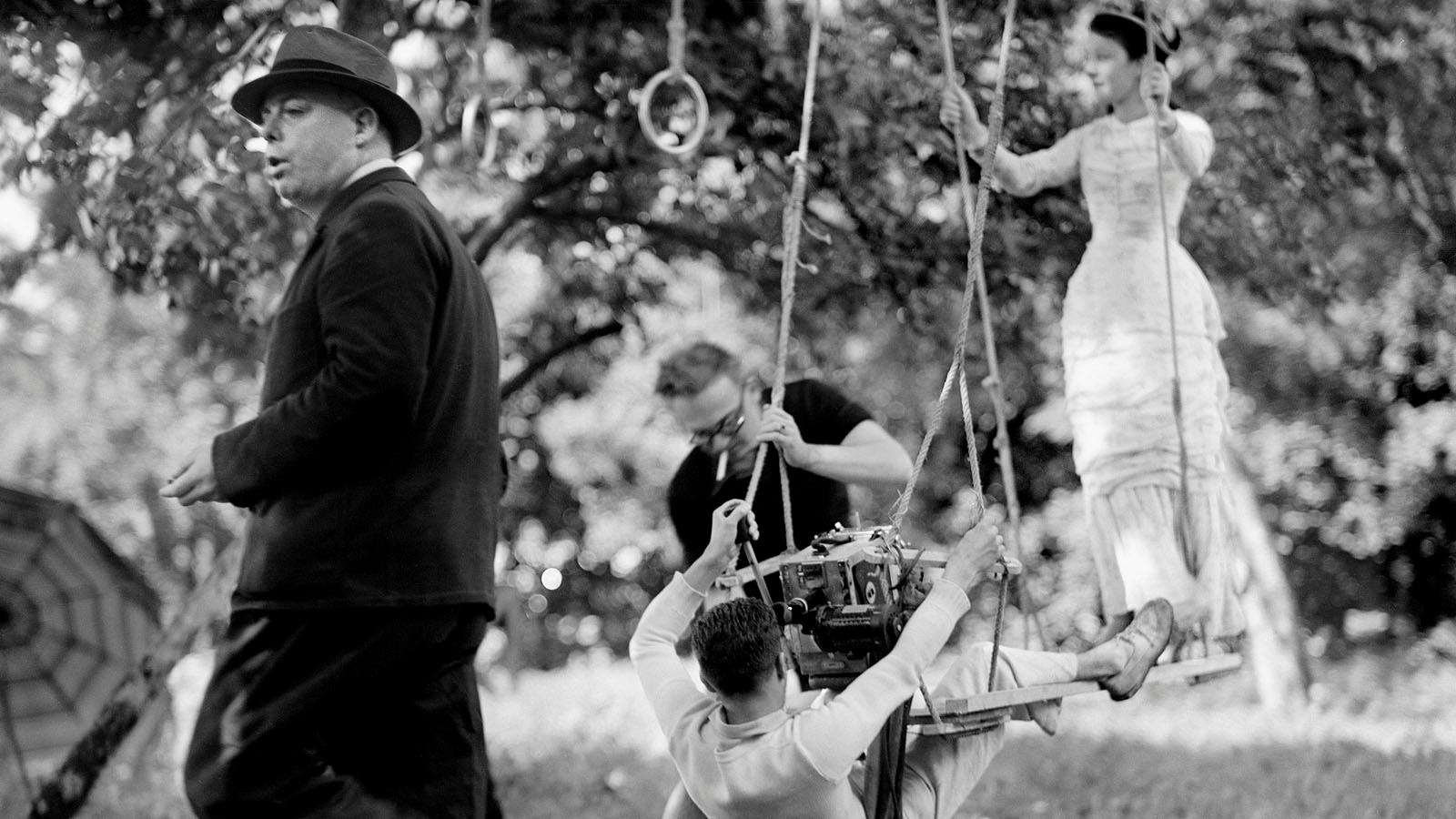Juxtaposing Pierre-Auguste and Jean Renoir

As one of the most important painters of the Impressionist movement of the late nineteenth century, Pierre-Auguste Renoir influenced the likes of Picasso and Matisse. His second son, Jean, has been called “very probably the greatest of all directors” by none other than Orson Welles. The work of these two artists—both of whom were referred to within their respective circles as “le patron,” or “the boss”—is now presented in Renoir: Father and Son / Painting and Cinema, an exhibition on view at the Barnes Foundation in Philadelphia through September 3.
The Foundation has long been home to the largest collection of paintings by Pierre-Auguste Renoir in the world (181 in all), but the twenty paintings and works on paper on display have been selected for their resonance in his son’s work. Writing for the New York Times, Jason Farago grants that this is “a terrific, heartfelt exhibition,” but finds that, in terms of both visual and sound quality, some of the projections of clips from Jean Renoir’s films have simply been “botched.” Philadelphians can compensate by catching the series of films by Jean Renoir currently running in conjunction with the exhibition at the Lightbox Film Center through August 24.
While the father painted over sixty portraits of his son, they were never close until Jean, wounded during World War I, returned home to Montmartre. His mother had recently passed away, and he found his father alone, arthritic, and in need of company. One of the painter’s last models was Andrée Heuschling, the subject of around a hundred of his paintings. When Pierre-Auguste died in 1919, Jean married her just one month later. He’d eventually claim that he began making movies only because she, going by the stage name Catherine Hessling, wanted to be a star. Nana (1926) is probably the most well-known of the films they made together. Over the years, Jean Renoir would sell the paintings his father had bequeathed to him to finance his films, but he held onto one to the very end, Jean as a Huntsman, a portrait his father had painted of him in 1910, currently part of the Foundation’s exhibition.
In her review of the show for Hyperallergic—the one I’d recommend if you only have time for one—Carrie Rickey notes that “the motifs that Pierre-Auguste and Jean shared are outweighed by the differences in their vision, temperament, and respective medium. To see a painting by Pierre-Auguste is to perceive light, color, and the human form in nature. To watch a movie by Jean is to be drawn into the nature of the human comedy.”



